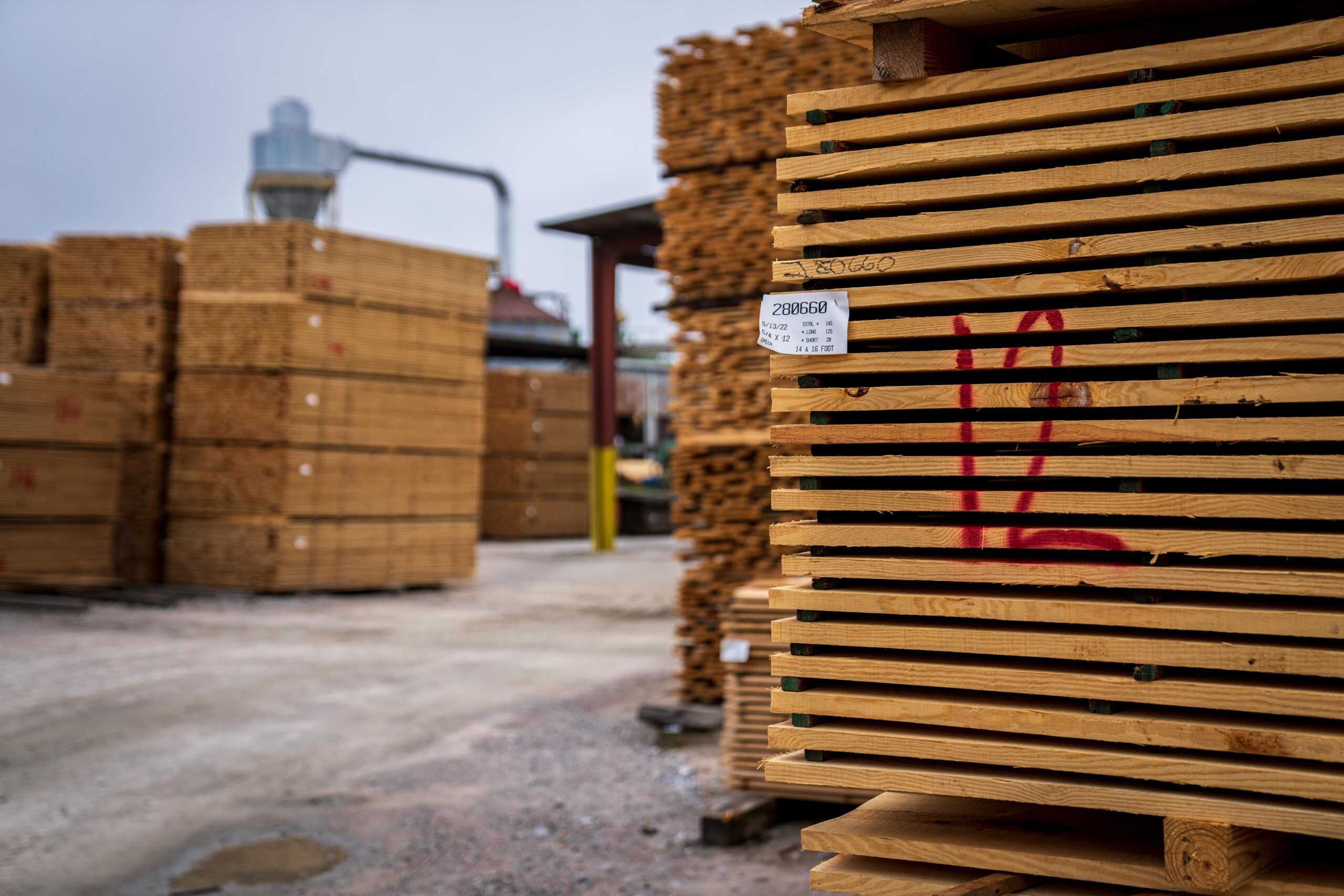Canadian lumber production and shipments fall Canadian lumber production and shipments fall
Timber Market News – Statistics CanadaThe report released by StatCan on February 3, 2025 shows that Canada's lumber production fell by 6.0% in November to 3,996.8 thousand cubic meters. Compared with the same period last year, production fell by 10.9%.
In November, Canadian sawmills shipped 4,053.6 thousand cubic meters of lumber, down 8.71 TP3T from October and down 5.41 TP3T from November 2023.
LumberFlow Expert Interpretation
The decline in production and shipments may mean potential supply chain risks for Chinese lumber importers. With the reduction in Canadian lumber production, it may lead to tight lumber supply in the global market, resulting in price fluctuations. In addition, a stable supply of lumber will become more important, and importers need to pay close attention to market dynamics so as to adjust their procurement strategies in time to cope with these changes.





